Communication, knowledge and time are critical to the success of an eDiscovery case. We specialize in bridging the gap between Information Technology and Legal Departments. While applying strong project management practices we work with our client’s team. We help to identify, collect, preserve and broker requested data to all client partners and vendors. We achieve this through our FAST & SECURE© data approach to eDiscovery.
Find, Assess, Share, and Trust the data through a Specifically Engineered process for Client-focused Usability, Reliability and Enforcement.
FAST
Find the data:
- Identification (Such as data location, data management, governed, backed up and retained.)
- Preservation (Secure and maintain an in-place copy of the required/relevant data, i.e. put it on legal hold.)
- Collection (Gather and prepare the data for processing.)
Assess the data:
- Analyze data, email gap and date range analysis for relevant issues of the eDiscovery matter.
Share the data:
- Review by internal or external subject matter experts, review team, legal team. As well as data productions and exports.
Trust the data:
- Following processes that are defensible, transparent, and based on industry standard best practices.
SECURE
At NearZero Discovery, we work to Specifically Engineer or design a process for our Clients. A process that focuses on their data, business, needs and how they are going to Use it. That process, as well as the data, needs to be rooted in a Reliable, defensible, and transparent method; allowing it to be Enforced and standardized for eDiscovery matters to come.
What eDiscovery services do we offer?
Law firms and corporations often resort to using contract attorneys to complete the time consuming task of document review. Contract attorneys can review these documents at a significantly lower hourly rate, compared to associates or partners of law firms.
At NearZero Discovery, we have a team of licensed contract attorneys that we call upon to conduct reviews through the Reveal platform, or other externally hosted eDiscovery platforms. We can then offer clients extremely competitive rates for our document review services as our rates are among the lowest in the industry! This provides our clients and law firms significant cost savings on this most expensive phase of eDiscovery.
Using the Reveal platform we can also offer services such as Technology Assisted Review and Continuous Active Learning. These processes can be used to help reduce the cost, time, and effort needed for document review.
We assist with data collection using forensically sound processes based on the eDiscovery matter in question. Using various tools we can create:
- Forensic images of data (From devices such as hard drives, USB media, CD/DVDs, mobile devices, etc.)
- Non-forensic data collection (From sources such as network file shares, mail servers, document management systems, etc.)

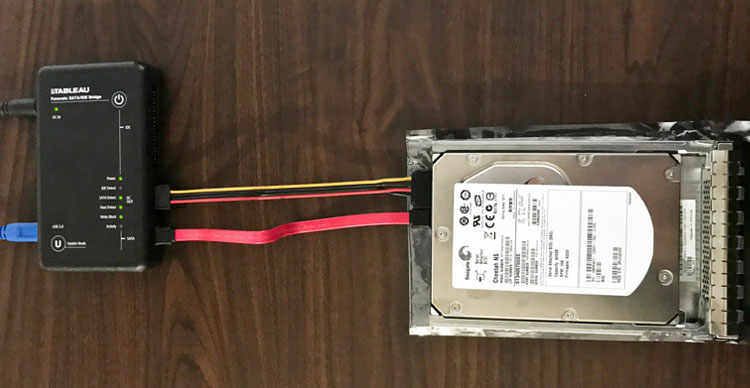
We have developed a process, using the eMSAT v1, that allows us to work with clients to understand their current readiness state. Then we can work to put together a plan to improve from their current state to the “Actively Managed process, Proactive” state.
 |
No Process, Reactive
|
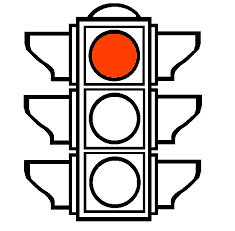 |
|
 |
Fragmented Process
|
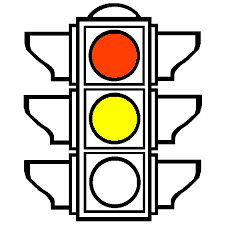 |
|
 |
Standardized Process, Not Enforced
|
 |
|
 |
Standardized Process, Enforced
|
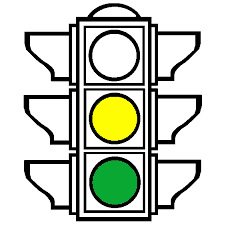 |
|
 |
Actively Managed Process, Proactive
|
 |
Improving Readiness/Preparedness States
Our process is customized for each client; building on previous engagements and industry standards. Interviews with Information Technology, Information Governance, Legal, Human Resources, Internal Audit, Corporate Security, or other client departments allow us to establish the current state, and identify gaps in related processes and procedures. We then develop a report with recommendations, and outline a plan to move forward on these items in a timely manner.
- 0 to 6 Months: Quick wins and establishment of required governance bodies. Education for core team members. And, where identified, further detailed assessments and documentation exercises.
- 6 to 12 Months: Acceptance of detailed current state assessment and launch of larger initiatives.
- 12 to 24 Months: First annual review with a goal of having moved along the maturity model. As well as having addressed many of the items identified in the original assessment.
Once clients review and understand their assessment results, we can partner with them to execute the plan.
Depending on your matter, it may be necessary to collect data from structured systems. For instance, from Document Management Systems (OpenText, FileNet, SharePoint, etc.) or from Relational Databases (SQL, MySQL, DB2, Oracle, etc.). And translate them based on the system structure extracting not only relevant file attachments, but also relevant metadata contained within the system tables which represent the different workflows (approvals, rejections, publications, etc.) that the file attachment took through its life cycle.
For example when you place a Word document into SharePoint using content types. You can add fields of data that you would want to have populated when uploading the file. These fields of data do not get assigned to the actual document’s metadata fields found on the file properties tab. Thus, when you extract the Word document for a collection, you are missing the additional fielded information that may relate to when this document was last reviewed. To include this additional information will require exporting it for loading into a review platform.
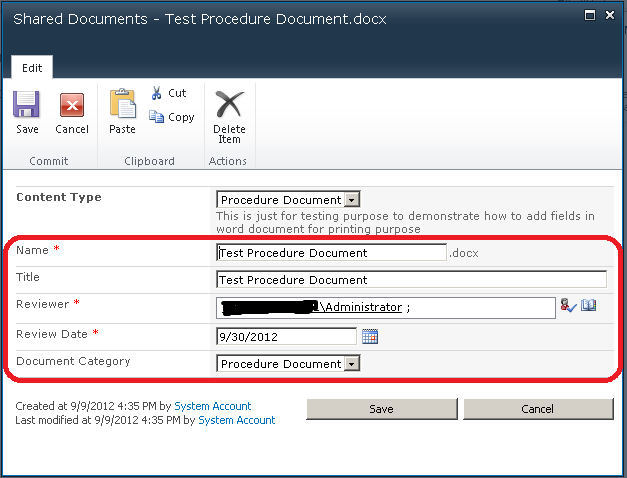
In another example, you may have an application with data stored in a SQL Database. The database may not have just one simple table, there may be many, with indexes, and primary keys in use, with multiple relationships between them. The generation of reports may or may not meet the needs of your matter. You may need to work to export the appropriate data elements for loading into a review platform. While taking into account all the relationships between the tables.
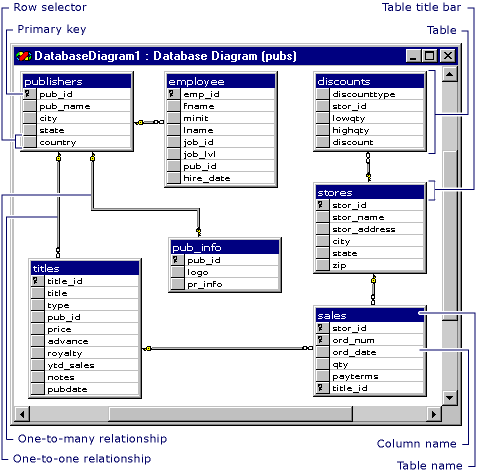
We will work with you to understand what data is required from these structured systems to meet your matter’s needs. Then we can work directly with IT to export the identified data into a loadable format for review platforms, or addressed through other means.